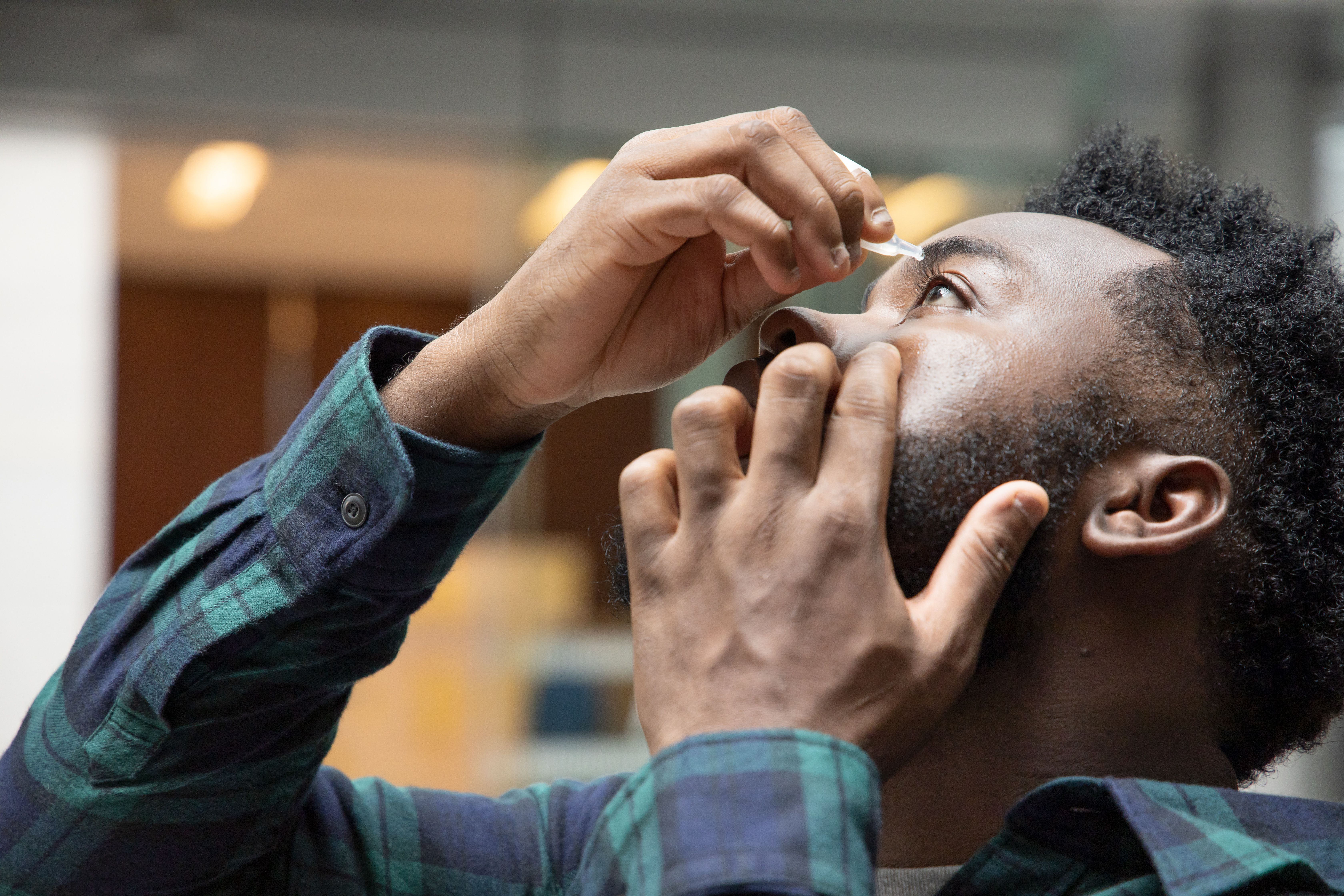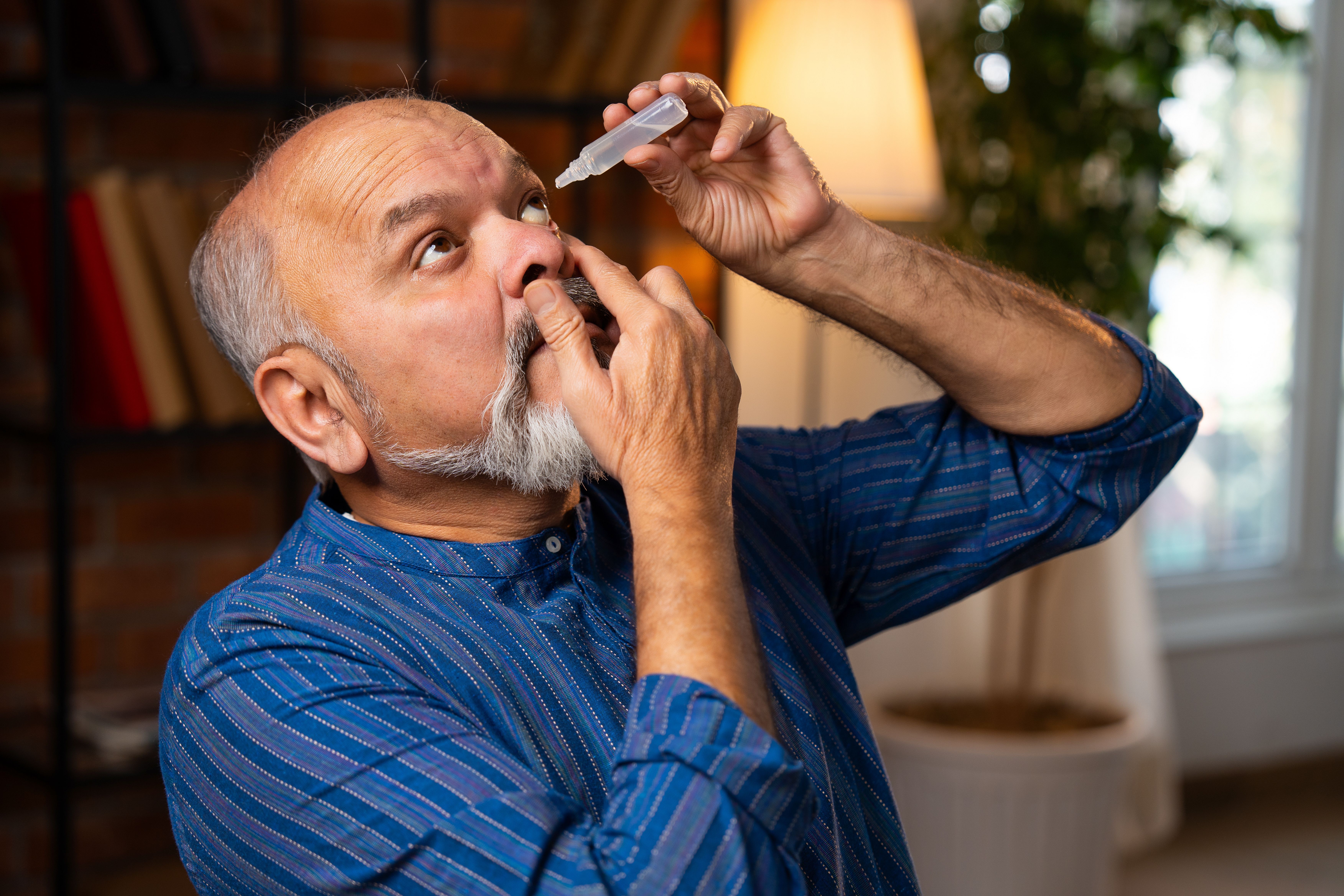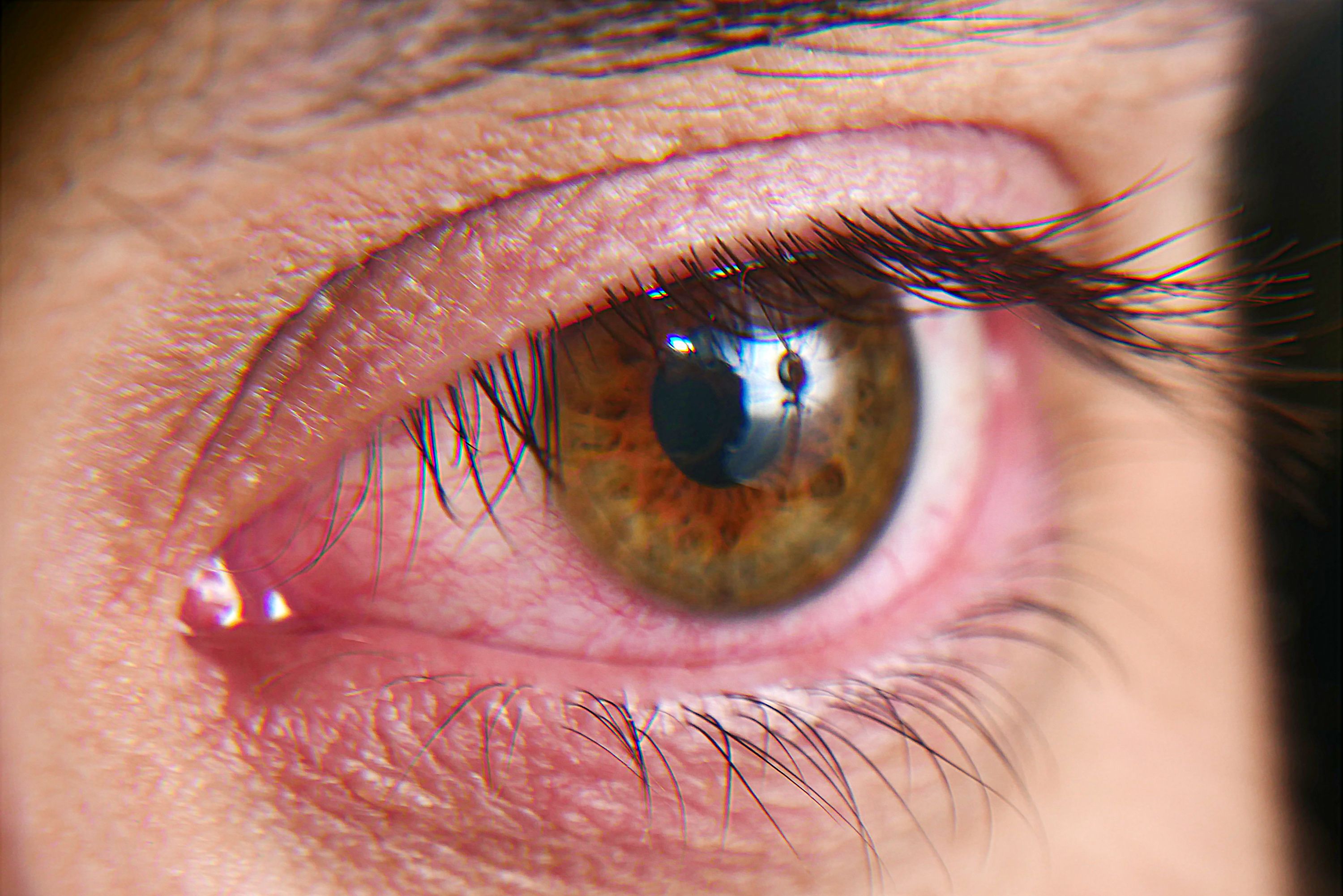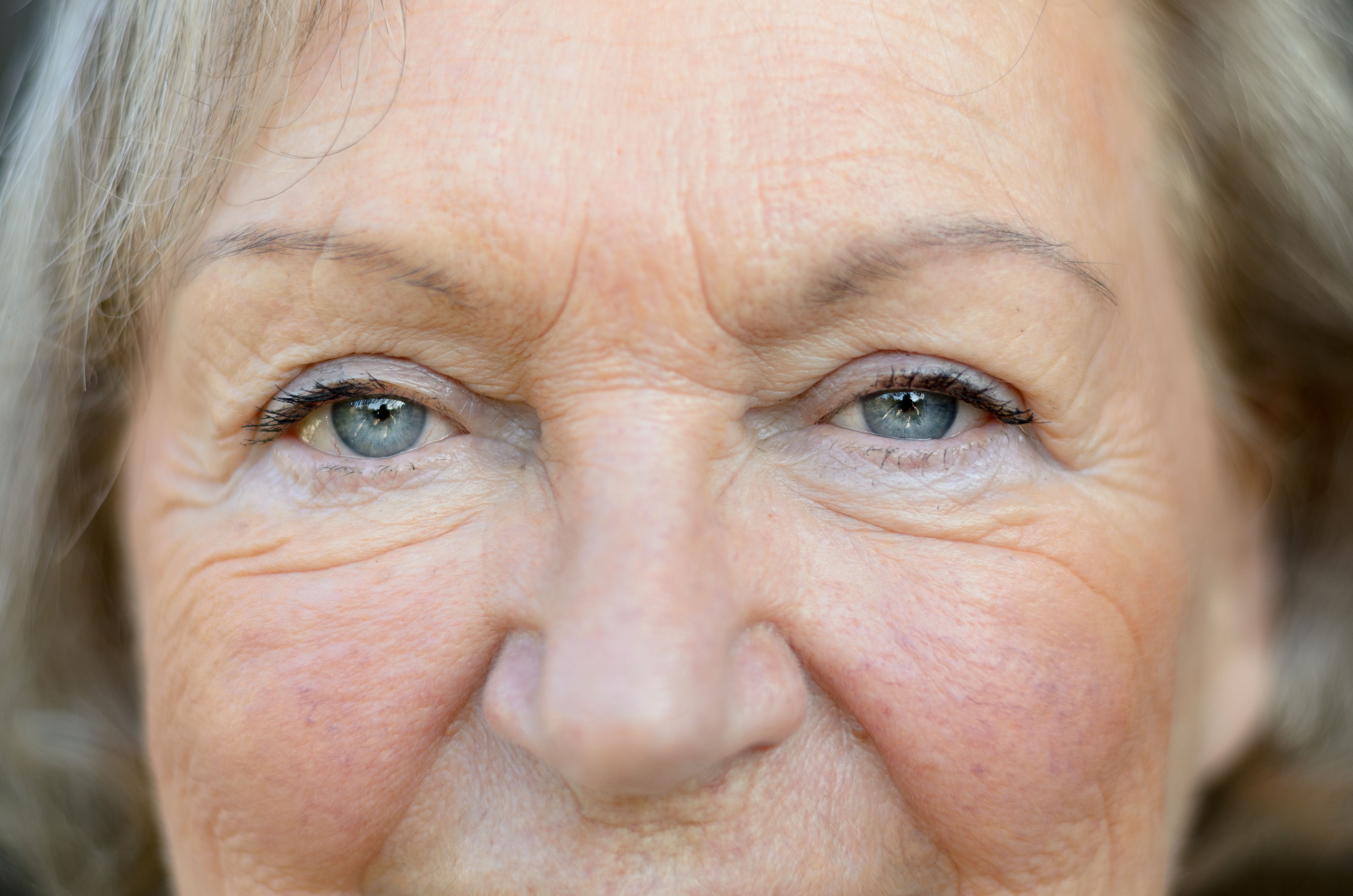News
Article
Top 5 Most-Read Ophthalmology Articles of 2024
Author(s):
Key Takeaways
- Dry eye disease significantly impacts the ocular surface and eyelids, with symptoms like burning and irritation being prevalent.
- Eye diseases such as cataracts, AMD, and glaucoma increase the risk of falls and fractures, necessitating fall prevention measures.
Articles covering FDA approvals, dry eye disease, and how eye diseases may be linked to falls were among the top 5 most-read articles of 2024.
Dry eye disease made up the majority of the top 5 most-read articles of 2024, with FDA approvals and study findings on the link between eye disease and falls also featured among the top articles of the year about ophthalmology published on AJMC.com.
These are the top 5 articles for ophthalmology in 2024.
5. Dry Eye Affects Multiple Parts of Eye, Eyelid in Patients With Condition
Abnormal tear film and nerves within the cornea of the eye can be telltale signs of dry eye disease, according to a video interview conducted with Mina Massaro-Giordano, MD. Massaro-Giordano spoke with The American Journal of Managed Care® (AJMC®) about the common areas that can be affected by dry eye as well as the most common symptoms of the disease. According to her, the lids and the ocular surface are the most heavily affected by the condition. Burning, irritation, itchy eyelids, and tearing are all symptoms that patients need to look out for in order to get properly diagnosed.
4. Patients With Eye Diseases at Increased Risk of Falls, Fractures
Patients with 1 or more eye diseases had an increased risk of falls and fractures, making advice, access, and referrals to fall prevention potentially beneficial for those with an eye condition that can dramatically alter their sight. When compared with controls, patients with cataracts (29.7% vs 13.9%), age-related macular degeneration (AMD) (37.1% vs 20.7%), and glaucoma (25.0% vs 12.8%) had a higher proportion of individuals who fell. The proportion of fractures was also higher in patients with cataracts (14.4% vs 8.2%), AMD (17.8% vs 11.6%), and glaucoma (12.2% vs 7.3%) compared with controls.
3. FDA Approves Faricimab PFS for Leading Causes of Vision Loss
Patients with AMD, diabetic macular edema, and macular edema after a retinal vein occlusion would be able to use the treatment faricimab-svoa in a prefilled syringe after its FDA approval in July 2024. This approval added to the already available vial format for doctors. Faricimab is able to target and inhibit signaling pathways that are linked to retinal conditions that threaten a patient’s vision. Faricimab is also aimed at stabilizing the blood vessels in the eyes. Faricimab was found to improve best-corrected visual acuity at a similar rate as aflibercept without being inferior, making it an effective treatment for patients.
Articles about dry eye disease made up the majority of the top read ophthalmology articles of 2024 | Image credit: fizkes - stock.adobe.com

2. Device Can Distinguish Between Patients With and Without Dry Eye
An artificial intelligence tool could be used to identify patients with dry eye disease via a noninvasive method. The tool developed in Italy can use tear meniscus height, meibomian gland loss, noninvasive keratography breakup time (NIKBUT)-first, NIKBUT average, bulbar redness, and relative humidity to determine which eyes are different than the normal eye. Relative humidity was found to be significantly higher in patients with DED compared with those without (85.93% vs 73.05%). The sensitivity was 60% and the specificity was 95% when using relative humidity as a predictive factor for dry eye disease.
1. Survey Reveals Important Factors in Patients with Dry Eye
The challenges and experiences of adults with dry eye and dry eye disease were recorded in a survey conducted by the Bausch + Lomb Corporation in April, the results of which were published in July. The results were enlightening, as 75% of those with dry eye found the disease to be extremely or very bothersome, and 81% reported that they were constantly aware of how their eyes felt. Cutting back on screen time (32%), spending time outdoors (25%), and wearing makeup (24%) were some methods of relieving symptoms in this group.
Newsletter
Stay ahead of policy, cost, and value—subscribe to AJMC for expert insights at the intersection of clinical care and health economics.





